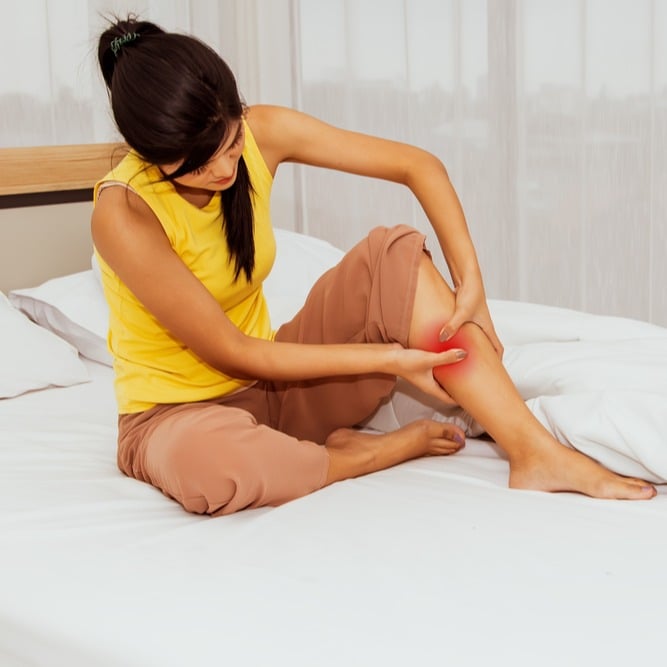Leg cramps can cramp your lifestyle.
If you get them, you know they come on suddenly and hurt like crazy. Even after the cramp subsides, the pain doesn't.
You know what it's like to be woken from a sound sleep only to leap out of bed, hopping on one foot while the other cramps mercilessly.
What you may NOT know is the direct connection between leg cramps and a vein condition.
What is a Leg Cramp?
Leg cramps are painful involuntary contractions of the thigh, calf, or foot muscles and are incredibly painful. They always start when the muscle is in a non-stretched position and worsen when you contract (tighten) the muscle. They happen at any time, awake or asleep. When the cramp starts it is not possible to voluntarily relax the muscle, it needs to be stretched to break the cycle. The leg cramp stops when the muscle is completely exhausted or when you are able to stretch the muscle.
Many people don't realize that leg cramps follow the same pattern as a vein condition. The biggest clue to determine if your leg cramps are the result of a vein condition is, even if they occur during the day, they always come on at night.
Leg cramps muscle pain can strike suddenly, often as calf cramps or muscle cramps in legs that tighten without warning. These may be a side effect of certain medications, or caused by nocturnal leg cramps during sleep. Other risk factors include dehydration, poor circulation, or nerve conditions like restless legs syndrome. The muscles in your leg may spasm from overuse or strain, leading to discomfort in the legs and feet. Gentle stretching and massaging, regular calf stretching, and addressing underlying medical conditions such as high blood pressure can help prevent cramps. Always talk to your doctor if cramps persist.
How to Stop a Leg Cramp
When a cramp starts, the muscle is always relaxed. Most people have specific muscles that cramp repeatedly, so keep that muscle stretched before bed. Muscles in the body occur in pairs and oppose each other. When you feel a cramp starting, try not to contract the cramping muscle which will worsen the cramp, but instead, contract the muscle opposing it. This will stretch out the cramping muscle.
Watch the video below for a demonstration of the Ryan Method of stopping a leg cramp in 15 seconds.
Caring for Your Leg After a Leg Cramp Subsides
Once a leg cramp finally subsides, it's helpful to follow a few easy steps, as the pain of a leg cramp is intense and tends to linger due to the overexertion of the muscles.
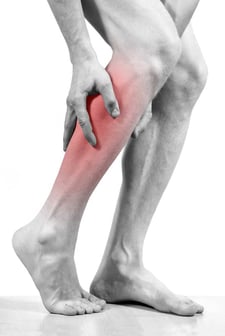
- Massage your muscles after it stops to help get the blood flowing to the muscle
- Stand, stretch, and walk to stretch the affected muscles
- Stay hydrated and drink plenty of water
- Avoid heavy bedding or bedding that is tightly tucked in
- Apply a heating pad
- Drink a small amount of pickle juice and see our blog post for additional home remedies our patients have suggested
- Take an over-the-counter pain reliever - Tylenol (acetaminophen), ibuprofen, or Aleve.
The Connection Between Leg Cramps and a Vein Condition
Up to 60% of people get leg cramps. They are most common in the calf muscle, but can also occur in the feet or thigh. After years of treating vein conditions in my practice, I have noted that vein conditions and leg cramps follow a similarly consistent pattern. I have also seen patients, who have suffered from severe leg cramps for years, finally find relief after the first vein treatment. This medical observation plus my experience in seeing the difference that vein treatment makes has led me to conclude that there is a definite connection between leg cramps and a vein condition.
Leg cramps due to a vein condition can occur in multiple locations, not just the calf muscle. Patients tell me they experience leg cramps in the thigh (inner or outer), calf (front or back), and foot. The most painful ones are in the inner thigh because there’s no way to stretch or make it disappear.
Working in vein care, I commonly see patients suffering from frequent leg cramps at night. I find that the most common reason for these cramps is, in fact, due to a vein reflux condition. Patients with vein reflux will experience leg cramps almost always at night - which is the primary indicator that a vein condition is the root cause. The good news is that vein reflux can be easily treated, and most patients see a huge difference in symptoms the first night after their treatment. A vein condition is the same source for the problem of varicose veins, spider veins, sleeplessness, and a host of other problems stemming from vein reflux.
To find out if your symptoms may be connected to a vein condition, our quick (and free) online self-assessment will guide you to understand more about what may be happening and why. You can also schedule a free vein screening in one of our clinics.
Leg Cramp Blog Resources on Our Blogsite:
What is a Leg Cramp?
Leg cramps are involuntary contractions of the leg, foot, or calf. They happen at any time, awake or asleep. In this blog, I will shed light on reasons why they occur and explore how they share a similar pattern to symptoms of a vein condition.
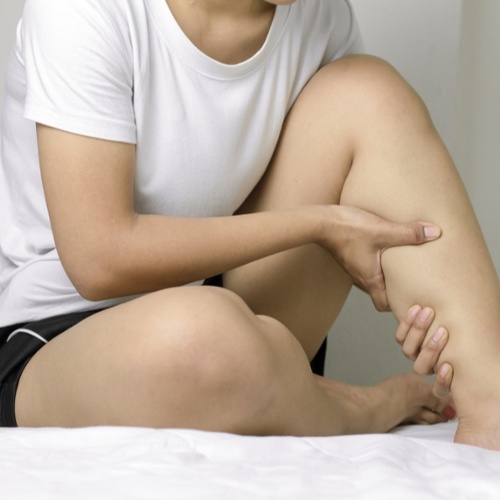
How Do I Know if I'm Having a Leg Cramp?
If you are experiencing sudden, sharp, muscle pains in your thighs, calves, and feet, you are most likely suffering from leg cramps. It can be hard to know for sure without a proper diagnosis.
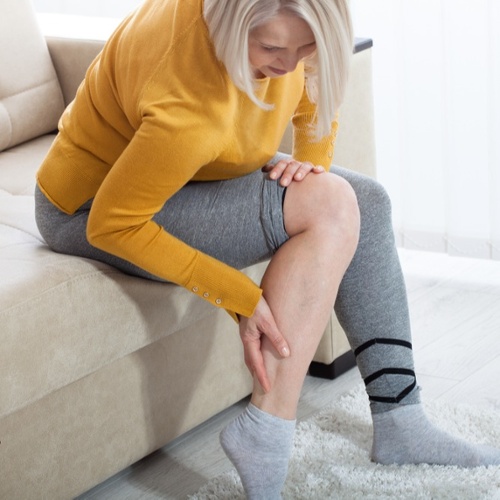
Common Causes of Leg Cramps
There are common causes for leg cramps and what many people may not realize is that there is a definite correlation between leg cramps and a vein condition. In fact, most people who are treated for a vein condition are excited to discover that their leg cramps disappear.
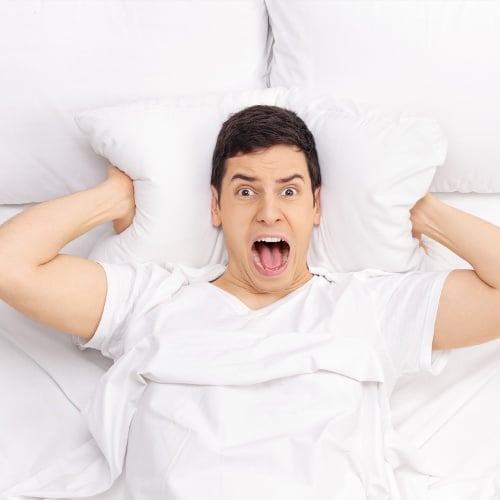
Are Leg Cramps Cramping Your Sleep?
You’re lying in bed enjoying a peaceful night’s sleep, and from out of nowhere... PAIN! Why do these nighttime leg cramps happen and, more importantly, what you can do to get some sorely needed relief? Find out why nighttime leg cramps happen and what you can do about them.

10 Patient Solutions for Nighttime Leg Cramps
Here are 10 home remedies for nighttime leg cramps shared by patients who say they’ve provided varying degrees of relief. While only stretching or walking makes the cramp stop quickly, these methods, when taken before bed, may help prevent nighttime cramps.
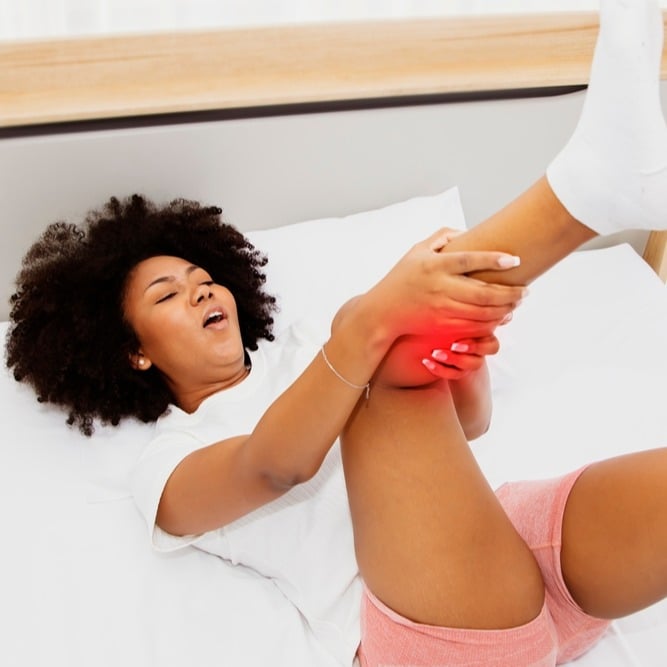
A Connection Between Blood Clots and Leg Cramps
People can be confused about the difference between a blood clot in the leg and leg cramps. The reason for the confusion is that the symptoms are similar. There are, however, very distinct differences between the two and it's important to know how to tell them apart.

Charley Horses vs Leg Cramps?
I am often asked by patients, “Is a charley horse the same as a leg cramp?” It’s really a matter of semantics: for some people, a charley horse and a leg cramp refer to the same thing. For others, they mean something completely different.
Why Does a Charley Horse Hurt So Badly?
Charley Horses cause intense pain while they are occurring, but the pain doesn't go away immediately. Leg cramps, or Charley Horses, are extremely painful while they are happening, but they continue to hurt even after the cramp subsides. In this blog and video, I explain why this happens.
Patient Testimonial: Sheila Had Leg Cramps for 10 years
I have hundreds of success stories, but this particular patient was so excited to finally be free from leg cramps. She had been struggling with them for 10 years, and could finally get a good night's sleep. She was excited to share her story in the hopes that it could help someone else.
Interested in more of our health resources?
Visit our Resources page for valuable (and free!) health information available for download. 
Or you can visit our vein care health blog. You are also invited to subscribe to our blog - you'll get one email periodically with links to the latest posts. Simply read any that look interesting. It's an easy way to never miss information that could be helpful or answer questions you may have and we'll never share your email with anyone.

